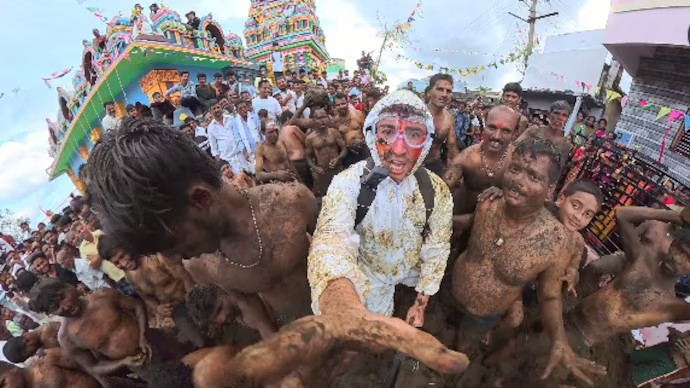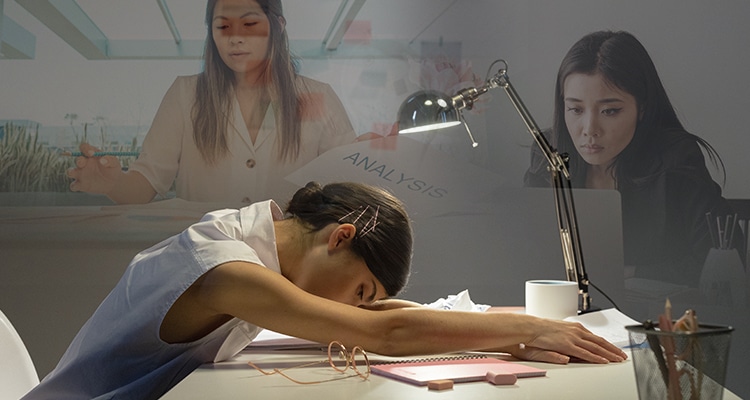Now Reading: Why We Care More About Appearances Than Reality
-
01
Why We Care More About Appearances Than Reality
Why We Care More About Appearances Than Reality

In India, and especially in Tier 2 and Tier 3 cities, appearances often seem to matter more than reality. Social media, cultural expectations, and peer pressure have created a world where how things look takes priority over their substance. People carefully curate images of success, happiness, and wealth, sometimes at the cost of genuine experiences and personal satisfaction.
Social validation plays a major role in this behavior. Likes, comments, and admiration encourage individuals to maintain a polished image. In smaller cities, where communities are tightly knit, external perception can feel crucial for social standing, influencing choices related to lifestyle, education, or career.
Media and advertising reinforce this focus on appearances. From fashion and luxury brands to lifestyle influencers, society constantly presents ideals of beauty, success, and popularity. Young people often internalize these standards, comparing themselves to curated images and striving to meet expectations rather than focusing on personal growth or authenticity.
This emphasis on appearances can lead to stress and dissatisfaction. People may invest time, money, and energy into maintaining outward impressions while neglecting mental health, relationships, or true skills. Over time, the gap between how life looks and how it actually feels can create anxiety and a sense of inadequacy.
Addressing this requires awareness and self-reflection. Prioritizing substance over image, celebrating small achievements, and valuing authentic relationships can reduce the pressure to perform for others. Recognizing that reality holds more meaning than appearances can lead to healthier, more fulfilling lives.
Ultimately, caring less about how things look and more about how they truly are allows individuals to live authentically, fostering satisfaction and resilience in a world dominated by superficial judgments.

























